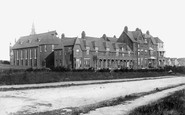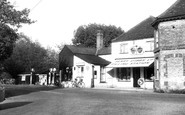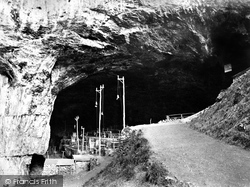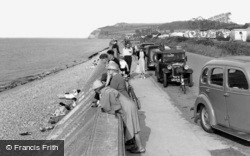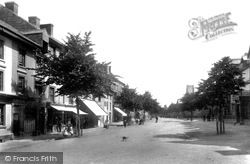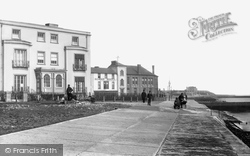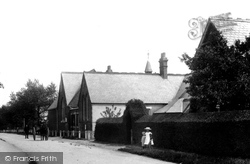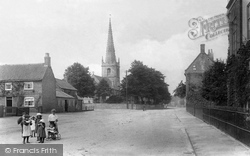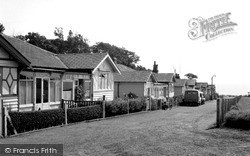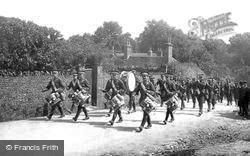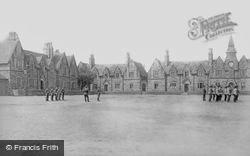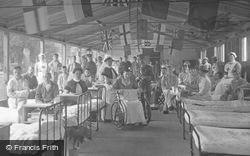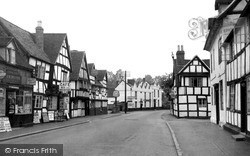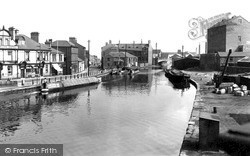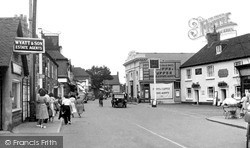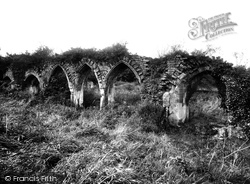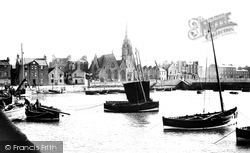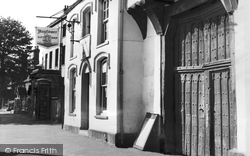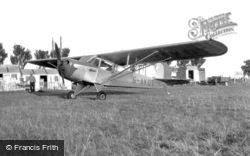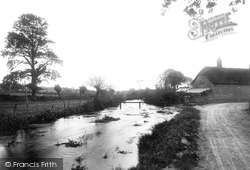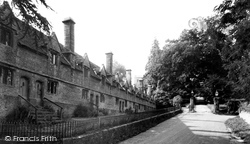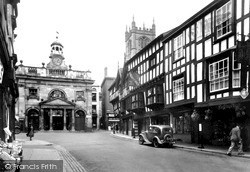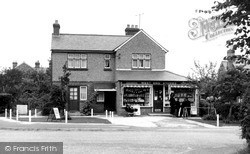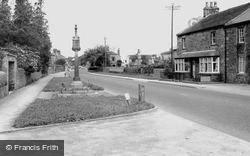Merry Christmas & Happy New Year!
Christmas Deliveries: If you placed an order on or before midday on Friday 19th December for Christmas delivery it was despatched before the Royal Mail or Parcel Force deadline and therefore should be received in time for Christmas. Orders placed after midday on Friday 19th December will be delivered in the New Year.
Please Note: Our offices and factory are now closed until Monday 5th January when we will be pleased to deal with any queries that have arisen during the holiday period.
During the holiday our Gift Cards may still be ordered for any last minute orders and will be sent automatically by email direct to your recipient - see here: Gift Cards
Places
4 places found.
Those places high-lighted have photos. All locations may have maps, books and memories.
Photos
2 photos found. Showing results 321 to 2.
Maps
65 maps found.
Books
Sorry, no books were found that related to your search.
Memories
4,591 memories found. Showing results 161 to 170.
Looking Back To The Early Days
I was born in rented 'rooms' at Wordsworth Road in 1936 and came to move with my parents to five different addresses at Easington before I moved away from the area, when I married in 1963. But although my ...Read more
A memory of Easington Colliery in 1900 by
My Second Home
Right from a small child i have grown up loving Wells-next-the-Sea, my dad used to take us on holidays there and we stayed in a little cottage which was a short walk to the quay where my brother and I would wander down to ...Read more
A memory of Wells-Next-The-Sea in 1969
The Low Davidson Family
My sister and I are from Canada and came to Scotland this past month, August, 2009, to see where our mother, Kathleen Low, and her family were born and raised in their youth. After many years of hearing them describe their ...Read more
A memory of Johnshaven in 1900 by
Warm Sunny Days Long Gone
I remember warm sunny days when me and the gang would go down to the local river and meet many of the guys there from surrounding villages and have a whale of a time. The summers were hot, and we spent hours upon hours ...Read more
A memory of Steeple Aston in 1968 by
Pinehurst Childrens Home Park Rd Camberley
Memories of Camberley come from my childhood days as an orphan residing at 'Pinehurst', a Surrey County Child Welfare Home 1949-1953. I was put there as a 9-year-old and recall spending a very happy part ...Read more
A memory of Pinehurst in 1949 by
Lymington In The 1940s
My maternal grandmother and mother were both born in Lymington, my mother attending the grammar school in Brockenhurst (I remember as a small boy her pointing it out to me from the train) In 1944, when the V1 'doodlebugs' ...Read more
A memory of Lymington in 1944 by
Coastguard Station
We came to Bolt Head in 1950, my father having joined the Coastguard service after being in the Royal Navy for 40 years. I found it quite a way to cycle to work, I worked in the post office in Malborough. I used to go rabbiting ...Read more
A memory of Bolt Head in 1950 by
Growing Up In A Small Village
My parents moved to Twycross from London in the early 1960s. We lived on Sheepy Road next door to Mr Charlie Brooks and Louie Jones. On the opposite side were Stan and Ilma Jones and Len Gibbs and his daughter Joan. I ...Read more
A memory of Twycross by
Broadstairs And St Mary's Home 1957
I was 6 years old and had had bronchitis and asthma and so I was sent away from smoggy London to St Mary's Home in Broadstairs. I was taken with other young children on a train by a nurse in a brown uniform. ...Read more
A memory of Broadstairs in 1957 by
A Glance Backwards
I came to live in Stadhampton in 1954 from Henley on Thames. My father was the village Policeman. I found that even for 1954 life in Stadhampton was comparatively primitive compared with what I was used to! But it was a very ...Read more
A memory of Stadhampton in 1954 by
Captions
913 captions found. Showing results 385 to 408.
This was the famed 'village which never saw the sun'.
Blue Anchor is a hamlet in Carhampton parish, and it takes its name from the local inn. In 1874 it became a halt on the Taunton to Minehead railway line, now the privately run West Somerset Railway.
The street came to life, and still does, on Wednesday market day.
Even the Pre-Raphaelites came. The arrival of the railway in 1867, and the 1872 National Bank Holiday Act, opened Walton up to everybody.
It was opened in 1874 with 75 pupils, some of whom came from Whyteleafe. Following its closure in 1982 the school stood empty for five years apart from occupation by some squatters.
In the late 17th century the local freeholders and copyholders were happy to accept enclosure of their open-field system, and came to a private arrangement with Robert Williams of Balderton manor.
In 1779, the peace of this tiny village was shattered by the noise of gunfire when the ships of the Royal Navy and the ships of the United States came together in the Battle of Flamborough Head.
How many of these men came back wounded to be cared for at Frensham Military Hospital, based at a large mansion, Frensham Heights? How many were to return alive by the end of the following year?
The following morning the officer was telling the Mayoress that he and his men would protect her, when news came of the imminent arrival of Prince Charles Edward and his army.
As more and more injured men came back from the front, a larger hut hospital was built on the playing fields of King's and Clare Colleges, with 'open-air' wards such as this one housing the patients.
Now called the Crown and Sandys Arms, it has a dubious claim to fame - a pop group called the Quarrymen once came here to perform, only to be thrown out because they were 'too scruffy'.
The Bridgewater Canal was built solely for the transportation of freight but so many people came to see it that a passenger service was soon started between Warrington and Manchester.
On either side of the High Street, some of the former well-stocked shops have become estate agents, marketing the many bungalows and houses that were built for families who came year after year to enjoy
They came to a shrine that was said to contain a phial of Christ's blood. Today the area continues to attract large numbers of people, but now they are drawn by pick-your-own fruit farms.
Fifies came in all sizes.
Close to the John Wynne Almshouses, buses turned in front of the buildings and the open space was used for stalls on market day and for attractions when the fair came to the town.
The air age came to Yarmouth as early as 1913, when an Air Station was established on the South Denes.
Once tourists came in horse-drawn carriages, then in charabancs, and latterly in cars and motor coaches.
Going to sea at 16, he achieved fame and notoriety as both an explorer and buccaneer; amongst his exploits, he is remembered for having circumnavigated the globe three times.
The ground floor served as a butter market, hence the name. Upstairs was the Blue Coat Charity School (the name came from the uniforms given to the boys to wear).
Then came houses and shops to create today's village on either side of the A322. Two of its close neighbouring communities have the unusual names of Penny Pot and Donkey Town.
It stands outside St Mary's Catholic Church, which was built by John Lingard, who came to the village in 1811.
The town is famed for its major carpet business, founded in 1755 by Thomas Whitty. Manufacture ceased in 1835 but began again in 1937.
This old market town, famed for its manufacture of nails, is situated on the slopes of the Lickey Hills.
Places (4)
Photos (2)
Memories (4591)
Books (0)
Maps (65)



